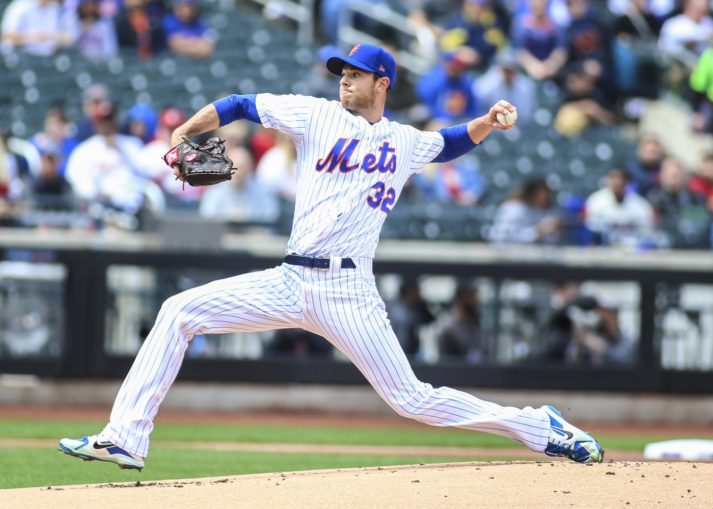
Location, Location, Location.
Realtors have understood forever the importance property location plays in making a sale. In a similar light, baseball sages understand the importance the location of pitches plays in pitchers successfully getting outs. You can throw a baseball through a brick wall, but, for a pitcher throwing heat doesn’t do much if you can’t control it.
When it comes to controlling pitches, the number one priority is and will always be to establish control of the fastball. It was the inability to locate his fastball that was Steven Matz’s undoing in his first start of the season Sunday at Citi Field.
As a result, Matz’s pitch count soared with the Met left-hander throwing 89 pitches over just four innings. Matz allowed three earned runs and picked up the loss when the Mets fell 5-1 to the Cardinals.
In his post game interview, Matz rightfully professed that pitching success for him ‘all rests on the ability to locate my fastball.’ And, after throwing what he felt was a tremendous bullpen session prior to his start, Matz was bewildered at what might have gone wrong. Matz knew his fastball was reaching home plate consistently high, but was unsure why.
“I was trying to do a little too much out there. I was really smooth and easy before the game and was feeling really confident,” Matz said. “Then when a hitter steps in I was trying to make my pitches better and that’s when I get in trouble.”
I was unable to pick up the game on television in the Met half of the first inning, so I didn’t see Matz’s start of the game. Matz’s struggles to get the ball down were quickly apparent in the second. “Oh, he’s not following through,” I said aloud watching the lefty’s delivery from the center field camera angle in the second inning.
I watched Steven Matz pitch in Binghamton in 2014.
He only started a dozen regular season games at the Double-A level but his season-ending near no-hitter in the Eastern League championship game was a baseball moment I won’t soon forget. It was that summer that I came to the conclusion that Matz had mastered that almost classic left-hander’s delivery.
Watching yesterday, it seemed Matz was inconsistent in his follow through. In some cases, Matz would extend his pitching arm, with his frame lowering and his body powering through his pitch. In those cases, Matz’s fastball came in over the lower quadrant of the plate.
But, at other times, it seemed like Matz was finishing his pitches with his body standing tall, almost erect with little or no bend in his back. At those times, his pitches almost always reached home plate high in or out of the strike zone. Met manager Mickey Callaway indicated he drew the same conclusions about Matz’s ability to complete his pitching delivery. Here’s how Callaway explained it after the game to the press:
“He just couldn’t get the ball over the plate consistently – really deep counts, you’re falling behind, things like that,” he said. “He just battled himself all night. He wasn’t finishing at times, and it didn’t look like he had the confidence to throw it over.”
Hopefully, whether it was his follow-through or another intricacy in his pitching delivery, Callaway and new Met pitching coach Dave Eiland will figure it out quickly and get Matz back on track.
We need him.















